Table of content
Zongzi, a beloved traditional Chinese dish, holds a special place in culinary culture, particularly during the Dragon Boat Festival. These pyramid-shaped delights, made from glutinous rice stuffed with a variety of fillings and wrapped in bamboo leaves, require precise cooking to achieve their signature sticky texture and harmonious flavors. When frozen, cooking them to perfection becomes a delicate balance of time, temperature, and technique. This article delves into the nuances of cooking frozen zongzi, exploring the optimal duration, methods, and tips to ensure a delightful culinary experience.
The Science Behind Cooking Frozen Zongzi
Cooking frozen zongzi is not merely a matter of boiling water and timing—it involves understanding the transformation of ice crystals into steam and the gradual heating of dense ingredients. Frozen zongzi are typically pre-cooked before freezing, meaning the primary goal during reheating is to thaw and evenly heat the rice and fillings without drying them out. The challenge lies in penetrating the thick bamboo leaves and layers of rice to ensure the core reaches a safe and appetizing temperature.
Factors Influencing Cooking Time
Several variables affect how long frozen zongzi should be cooked:
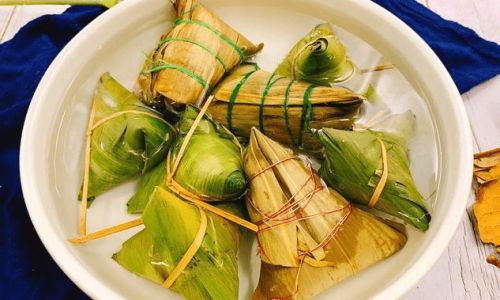
- Size and Thickness: Larger zongzi or those with thicker layers of rice and fillings require more time to heat through.
- Filling Type: Meat-based fillings (e.g., pork, chicken) may need slightly longer cooking to ensure they are fully reheated, while sweet fillings (e.g., red bean paste) might cook faster.
- Altitude: At higher elevations, water boils at lower temperatures, potentially extending cooking time.
- Cooking Method: Boiling, steaming, or pressure cooking each yield different results and durations.
Step-by-Step Cooking Guide
Preparation: Thawing vs. Direct Cooking
- Thawing (Recommended): For even cooking, transfer frozen zongzi to the refrigerator 12–24 hours before cooking. This allows gradual thawing, reducing cooking time and ensuring uniform heating.
- Direct Cooking: If short on time, cook zongzi directly from frozen. However, add 5–10 minutes to the total cooking time.
Boiling Method
Boiling is the most common method, as it evenly heats the zongzi while softening the bamboo leaves.
- Steps:
- Fill a large pot with enough water to submerge the zongzi completely (at least 2–3 inches above).
- Bring the water to a rolling boil over high heat.
- Gently add the frozen zongzi (thawed or unthawed) using tongs to avoid splashing.
- Reduce heat to medium-low to maintain a gentle simmer (not a rapid boil, which may cause the leaves to split).
- Cook for 20–30 minutes if thawed, or 30–40 minutes if frozen.
- Test for doneness by inserting a food thermometer into the center—it should read 165°F (74°C) for meat fillings or 160°F (71°C) for vegetarian/sweet varieties.
Pressure Cooking (Instant Pot)
Pressure cooking slashes cooking time while retaining moisture.
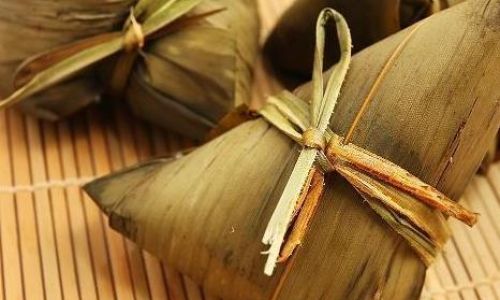
- Steps:
- Place the zongzi in the pressure cooker with 1–2 cups of water.
- Seal the lid and cook on high pressure for 15–20 minutes (thawed) or 20–25 minutes (frozen).
- Allow natural release for 10 minutes before venting.
Steaming
Steaming preserves the zongzi’s shape and prevents sogginess but requires careful monitoring.
- Steps:
- Place a steamer basket in a pot with 1–2 inches of water.
- Arrange zongzi in a single layer, leaving space between them.
- Bring water to a boil, then reduce heat to medium.
- Steam for 40–50 minutes (thawed) or 50–60 minutes (frozen).
Tips for Perfectly Cooked Zongzi
- Use Ample Water: Submerging zongzi ensures even heating and prevents sticking.
- Avoid Overcrowding: Cook in batches if necessary to maintain water circulation.
- Add Salt to Water: A pinch of salt enhances the rice’s flavor.
- Let Them Rest: After cooking, drain zongzi and let them sit for 5–10 minutes to redistribute moisture.
- Experiment with Fillings: Adjust cooking time slightly if using unconventional fillings (e.g., seafood or cheese).
Common Mistakes to Avoid
- Undercooking: Leaves may appear intact, but the center could be cold or stiff.
- Overcooking: Excessive boiling turns rice mushy and splits the leaves.
- Using the Wrong Pot: A pot too small restricts water movement, leading to uneven cooking.
- Ignoring Altitude: At high elevations, increase cooking time by 10–15%.
- Skipping Thawing: Direct cooking from frozen without adjusting time risks uneven heating.
Storage and Reheating
- Freezing: Wrap cooked zongzi tightly in plastic or foil before freezing to prevent freezer burn. They last 2–3 months.
- Reheating:
- Microwave: Sprinkle with water, wrap in a damp paper towel, and heat for 1–2 minutes (thawed) or 3–4 minutes (frozen).
- Steamer: Re-steam for 10–15 minutes.
- Oven: Bake at 350°F (175°C) for 15–20 minutes (wrap in foil to prevent drying).
Cultural Significance and Modern Adaptations
Zongzi’s origins trace back over 2,000 years to the patriotic poet Qu Yuan, and the dish remains a symbol of unity and heritage. Today, chefs and home cooks alike experiment with innovative fillings like matcha, truffle, or vegan options, while preserving traditional techniques. Mastering the cooking time ensures this ancient treat continues to delight generations.
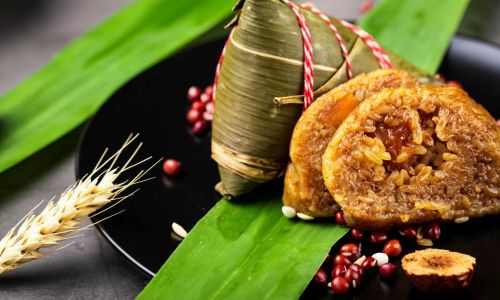
Conclusion
Cooking frozen zongzi to perfection is an art that balances tradition with practicality. By considering size, filling, and method, and adhering to recommended timings, you can transform frozen parcels into tender, aromatic delights. Whether boiled, steamed, or pressure-cooked, the key lies in patience and attention to detail. So, the next time you unwrap a frozen zongzi, remember that time and technique are your allies in honoring this cherished culinary tradition.
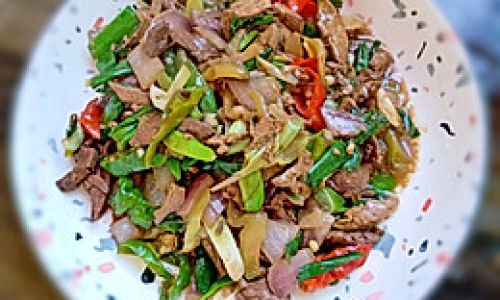
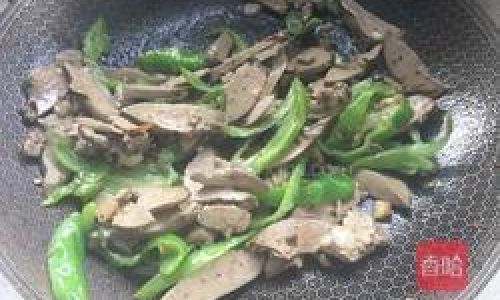
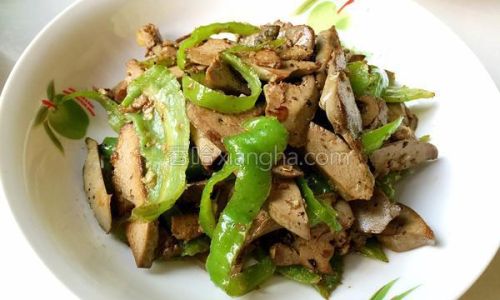
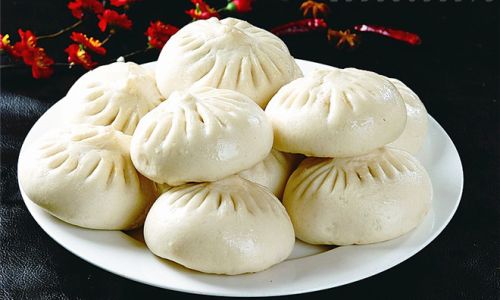
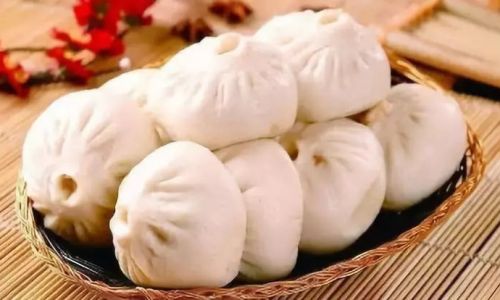
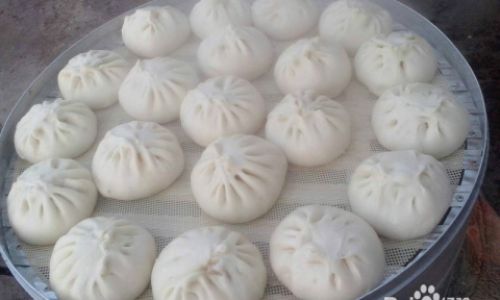
0 comments